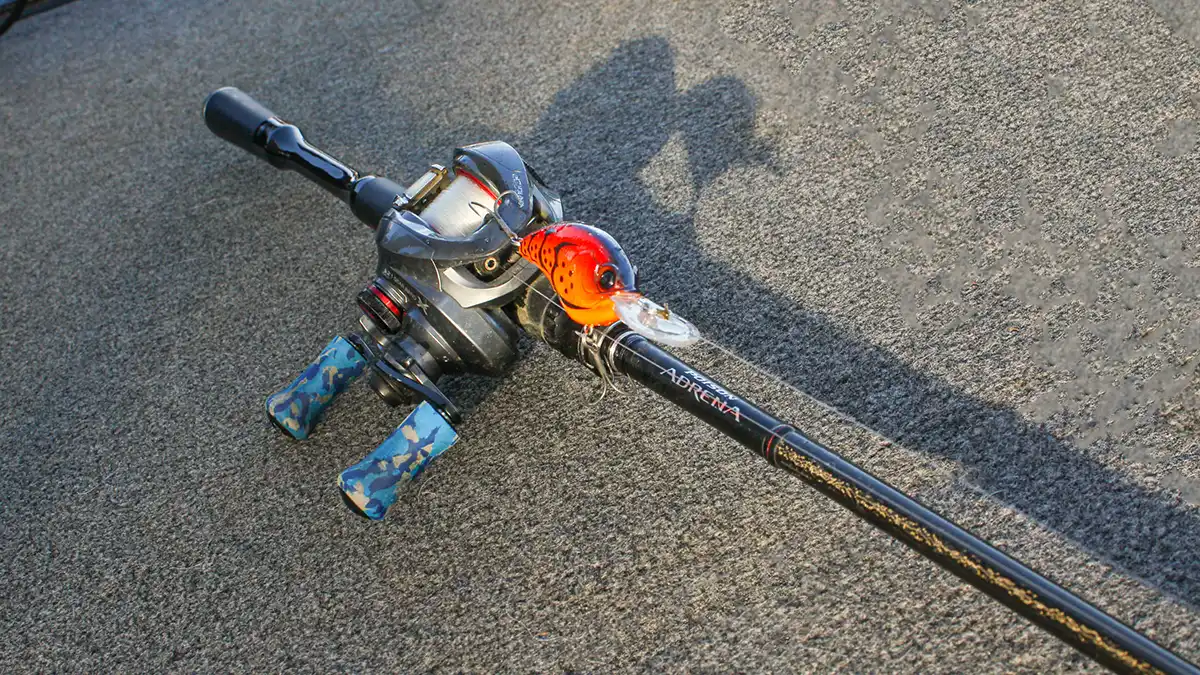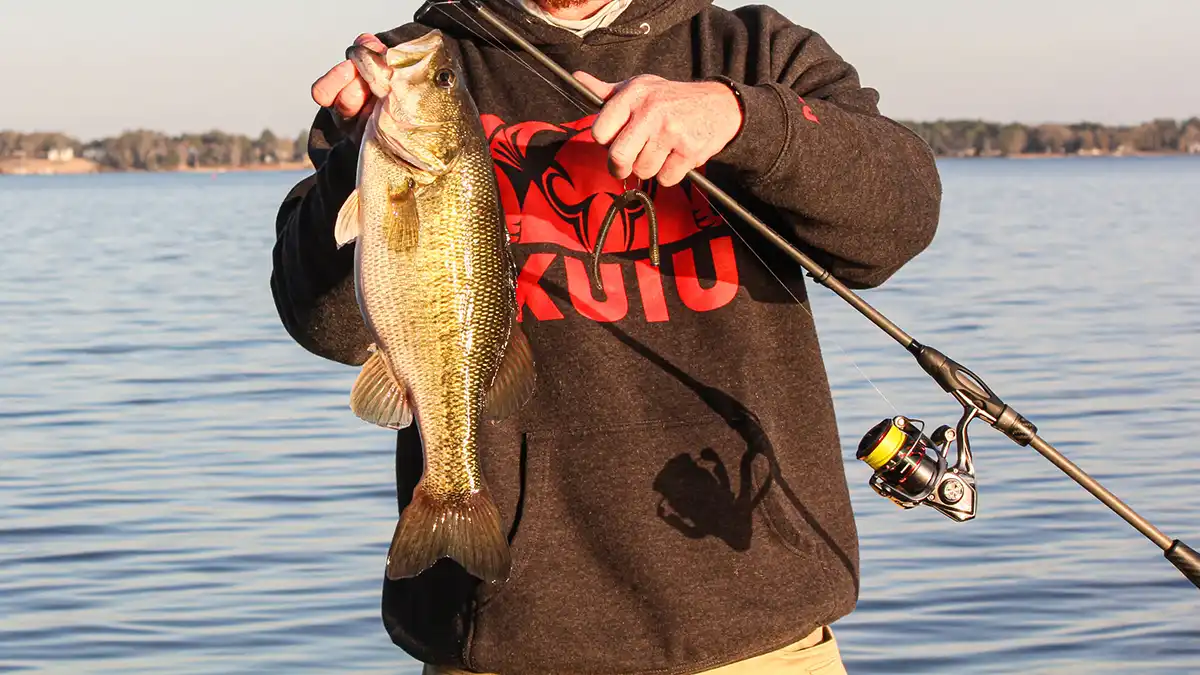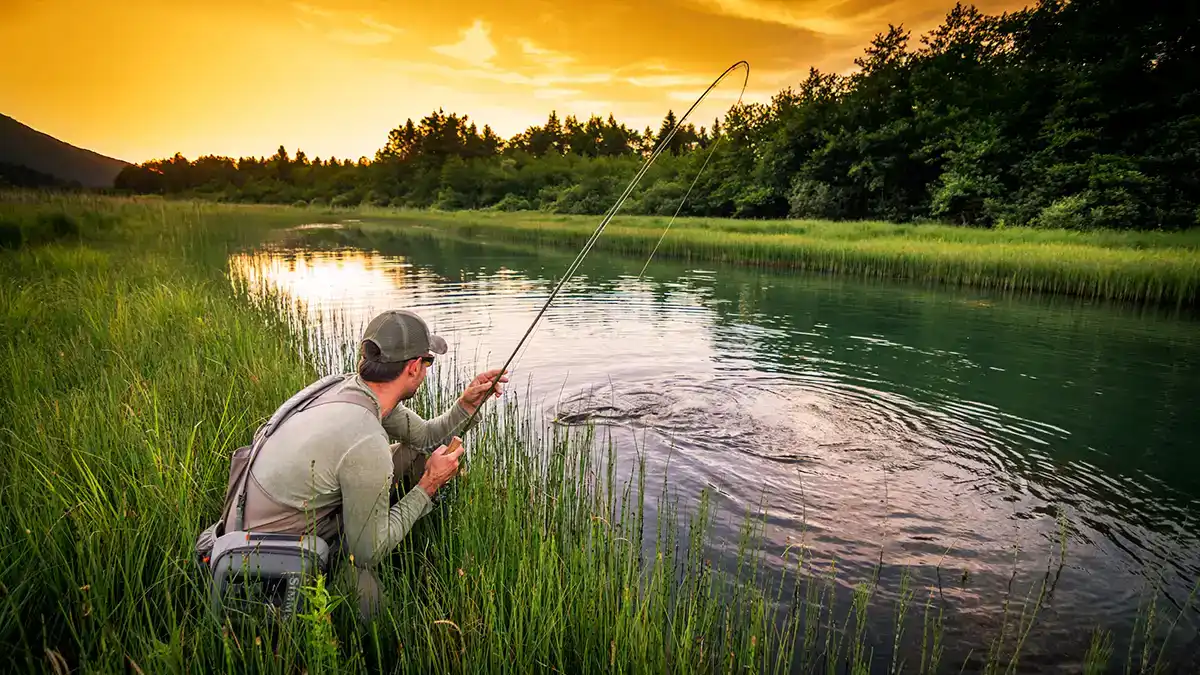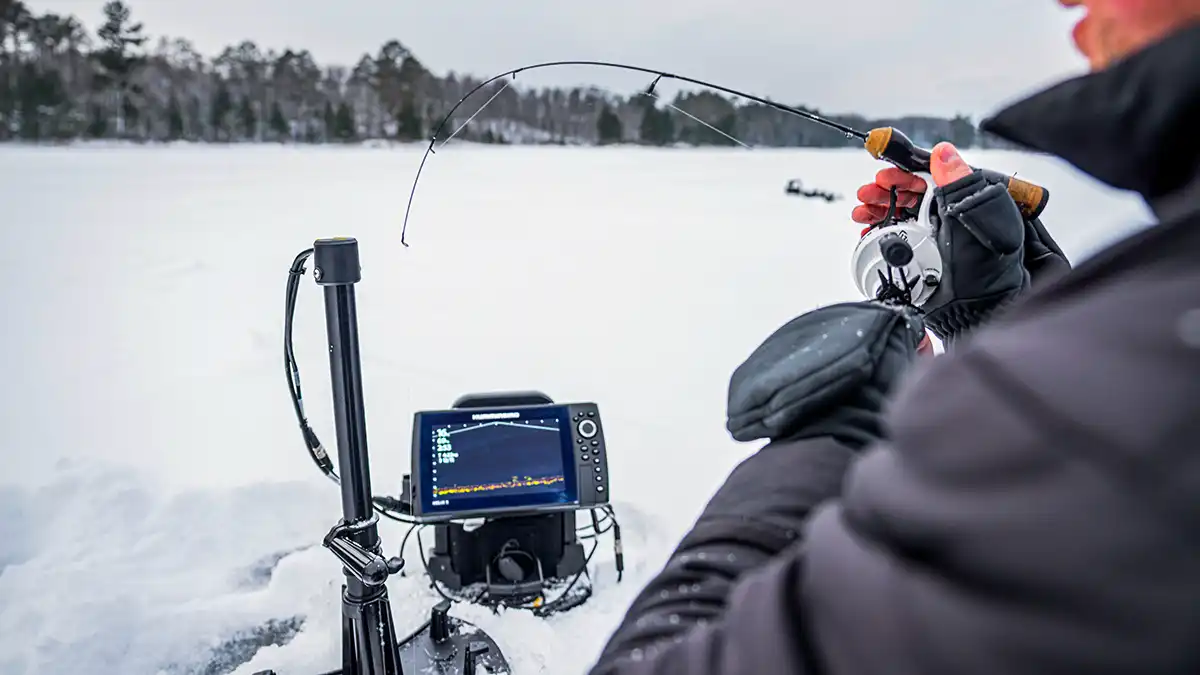Warning: Undefined variable $k in /home/nginx/domains/wired2fishcom.bigscoots-staging.com/public/wp-content/themes/understrap-child-0.6.0/functions.php on line 984
Warning: Undefined variable $k in /home/nginx/domains/wired2fishcom.bigscoots-staging.com/public/wp-content/themes/understrap-child-0.6.0/functions.php on line 987
There are several types of fishing rods to choose from, and they are all designed to do very specific things. You wouldn’t want to take an ice fishing rod out deep sea fishing for example; nor would a deep sea rod work well bass fishing. And even within each type of rod there are tons of options to be covered in other pieces. But this overview will get you started and then you can branch into any of the various specific rods you want to focus on from here.
It’s important to know the differences in the available fishing rods, as well as which species they are designed to target and in which given conditions they work best. We intend to help you sort through all of this in this overview piece on the types of fishing rods.

CASTING ROD
A casting rod is typically paired with a baitcasting reel or a spincast reel which is attached to a locking reel seat. These reels can hold various types and sizes of line, with monofilament line, fluorocarbon line and braided lines being the most popular. As the line comes off the reel it moves through a set of small eyelets along the rod that face upwards. The spline and tape flexes away from the guides on a casting rod.
For the bass angler, a baitcasting rod is a vital tool that can be used to fish a wide variety of baits for spotted bass, smallmouth bass, and largemouth bass. But these rods can also be used to catch striped bass, musky, walleye, catfish and several other freshwater and saltwater species.
These rods range widely in length and strength with the most common sizes landing between 6 feet and 8 feet and strengths varying from light to extra heavy power. This gives the bass angler in particular a rod choice that can be used with baits that range from a fraction of an ounce to giant swimbaits that weigh 1/2 pound.
On the spincast side of this rod class, a push button reel with light line is a lot of people were introduced to fishing because it’s an easy setup. The trigger on the back of a casting rod helps novices with grip and gives you a little more leverage on a hookset. A lot of catfish anglers will used beefed up push button reels and beefier casting rods to get the job done. It’s a simple setup and spincast reels are often the cheapest you can find because they don’t have much in the way of guts or strength and a very low gear ratio.

SPINNING ROD
A spinning rod is paired with a spinning reel. The line comes off these reels in coils from a fixed spool, as opposed to how the line comes straight over the top of the spinning spool of baitcasters. Because of the way the line comes off the reel, the eyelets of a spinning rod are usually larger than those of a casting rod, with the largest eye near the reel and gradually smaller eyes further up the rod. These combos are used with the reel and the eyelets both facing down, below the rod. So the spline and taper of the rod bend towards the guides on a spinning rod.
Spinning rods are again great for bass and panfish as well as several other species of freshwater species. These reels work best with braided mainlines and light monofilament lines for most applications. The thin diameter of the braid increases the amount of line that the reel can hold, the braid casts better and it has less memory. It helps to incorporate a fluorocarbon leader for finesse presentations in clear water.
Less energy is needed for the coils of line to come off a spinning reel, compared to what is necessary to start the spool of a baitcaster into motion. So spinning rods are typically better than casting rods with small baits and they are always better for vertical presentations, because of the way the line comes off the spool.
These rods excel in light line applications.

FLY ROD
A fly rod is great for targeting a wide variety of freshwater and saltwater species. These fish range in size from small trout and panfish weighing only a few ounces to much larger trout, bass, musky, and Northern pike weighing dozens of pounds. The one thing these fish almost always have in common is that they are visual feeders. And fly fishing for bluegills is a great place to start learning the basics.
Because flies don’t weigh anything, they requires the combination of a long rod and a line that makes up the weight. So in essence you are casting the line and not the lure. The mainline on a fly rod is a thick and often buoyant fly line, with a short leader of tapered monofilament line between the mainline and the fly.
Fly rods are typically 8 to 12 feet long. The length of a fly rod is used to propel the heavy line so that anglers can cast nearly weightless baits long distances. This helps anglers target visual feeding fish at greater distances, giving them the best chance to trick these wary species with super realistic flies, that imitate natural flies, bugs, crustaceans, invertebrates, and bait fish all without getting close enough to spook the fish.
As opposed to the single casting motion of a casting rod or spinning rod, a fly rod requires repeated forward and backward motions to cast the heavy line and small bait. With each motion, a little more line can be hand fed off the reel, through the rod eyes and into the air, increasing the range of the cast gradually until the bait can be placed in the desired location, often times near a visually identified target or fish. Mastering fly casting takes some practice for sure. But fly fishing is an exciting and pure way to fish, often in beautiful locales.

ICE FISHING ROD
Ice fishing is done by drilling a hole with an auger through the ice that covers a frozen over body of water. The angler positions himself close to the hole and drops his bait straight down through the hole. There’s no need for a long rod to be able to cast a bait accurately at long distances here, so ice fishing rods are very short so they are manageable in a close quarters fight.
These rods typically resemble small spinning rods, between 2 and 4 feet in length, made of graphite or fiberglass. They are used to target a wide variety of freshwater species. Even though these rods are relatively small, they are more than capable of pulling massive fish from beneath the ice as well. They can accept both spinning reels and inline reels equally well and you grip the rod a bit differently, balancing it on top of your hand. These rods are generally ultra sensitive and you are often just looking for the slightest displacement of your rod tip to know when to set the hook. It’s ultra finesse fishing for fish at its finest with ice fishing gear.

TROLLING ROD
Although a trolling rod often resembles a big casting rod, this type of rod isn’t used for casting. Instead, it’s used to pull a bait behind a boat in motion, or to troll lures over large areas looking for roaming fish, often in very deep water. Although shallow trolling and other varieties of trolling can be done in shallower waters like pushing, back trolling and more.
These rods are usually made of graphite or fiberglass and have longer handles and long lengths so that they can be placed in rod holders that are mounted on the boat and extend a spread to cover wider swaths of water on every trolling pass. Trolling rods are usually very thick and usually stiff in comparison to other rods in the butt section but then often get very flexible in the tip section to allow for a load and then further give when a fish hits, so that they can withstand the force put on them while trolling and tame large and powerful fish.
Trolling is a great way to catch everything from crappie to lake trout and a very effective way to fish when fish roam on big bodies of water like they often do in the summer months. A lot of catfish fishing is done by trolling with specialized catfish rods that are made to troll heavy baits but also withstand the load of giant catfish.
WHAT TO KNOW WHEN LOOKING FOR A FISHING ROD
Figure out what type of fish you intend to chase the most, then what types of line and lures you will fish and then pick a rod best suited to that style of fishing. Lighter line applications are better suited for spinning rods and light spincast reels and casting rods. Heavier lines and bigger fish or wide varieties of fishing applications are better suited for casting rod setups. If you want to present weightless flies to fish then you will require a specialized fly fishing rod. And if you want to cover large areas of the lake looking for roaming fish, then you will want some high quality trolling rods to make your search more efficient.
Be sure and check out some of the guides linked throughout this piece to get a feel for good rods in each category.












